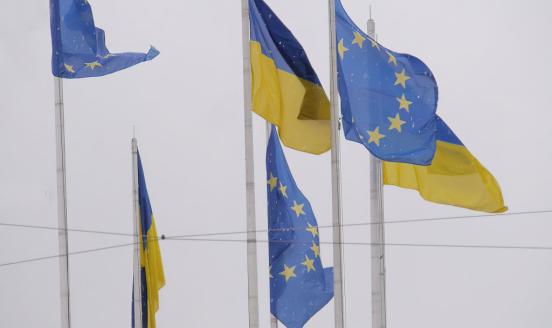Can the EU and US correct the course on trade relations?


According to the European Commission, the ten largest EU trading partners in terms of total trade (exports plus imports) in goods and services are, in order of importance: the US, the UK, China, Switzerland, Russia, Turkey, Japan, Norway, South Korea and India. The EU has (or is negotiating) free trade arrangements with seven of these partners. Unsurprisingly, the EU has no such arrangements with China or Russia.
Why don’t the EU and the US also share a free trade arrangement, given they are such close geopolitical allies and trading partners?
The US seems to have lost the appetite for trade liberalisation. The EU and the US were negotiating a free trade arrangement with each other (the Transatlantic Trade and Investment Partnership) until President Trump cancelled the talks, like he abandoned a similar arrangement with Pacific countries (the Trans-Pacific Partnership).
Both the TTIP and TPP were launched by President Obama, but his vice-president, now President Biden, has decided not to rekindle the TTIP or join the existing Comprehensive and Progressive Agreement for Trans-Pacific Partnership (the TPP minus the US). Worse, he has chosen to follow in the path of Donald Trump by continuing to implement and adopt new trade measures that blatantly violate rules of the World Trade Organisation and which hurt the EU.
This is not an easy situation for the EU, which remains attached to liberal trade and multilateral rules, to see the US move away from the values and interests they long shared. It would be a pity if the visit of President von der Leyen to Washington this week only served to find some quick fixes to EU-US trade and investment problems. The two partners must try to revive the spirit of the liberal trading order that has served them and the world so well.
*This text has been updated to correct a mistake which appeared in the original newsletter.
The Why Axis is a weekly newsletter distributed by Bruegel, bringing you the latest research on European economic policy.



